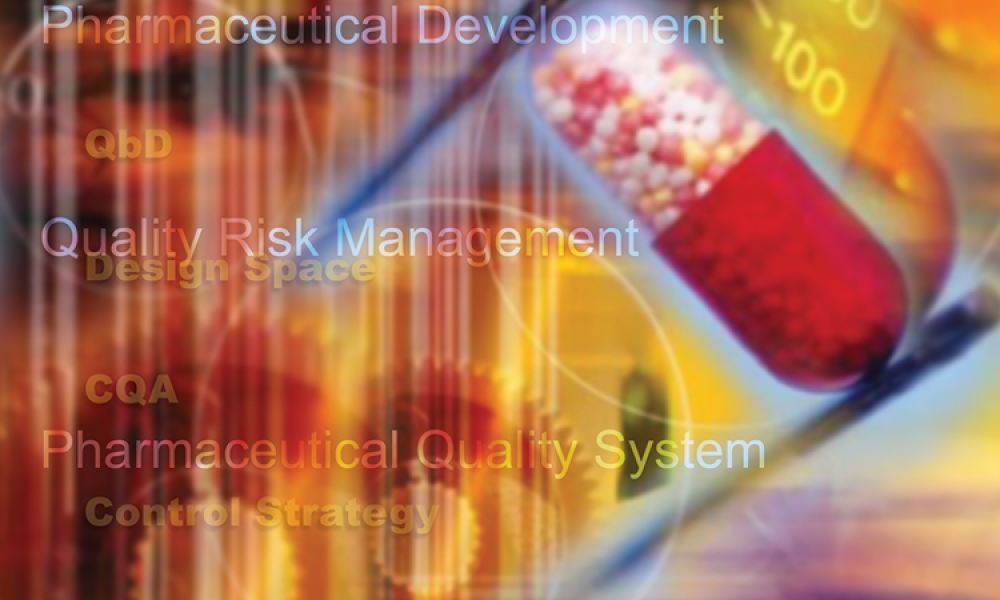At the 2025 ISPE Europe Annual Conference, Frank Henrichmann, Senior Executive Consultant of QFinity, and Heather Watson, Director of TenTenTen Consulting Limited, will host a “Disaster Recovery” session on Monday, 12 May, where industry leaders Yurii Lebid, CEO of Pharmaxi from Ukraine; Jiri Moninec, Affiliate Chair of the ISPE Affiliate Czech Republic/Slovakia; and Cristina Mazó Riera, Plant Manager at GP Pharm from Spain, will present and discuss disaster preparedness and recovery. The speakers will share insights from recent crises, including the war in Ukraine and major natural disasters in Spain and the Czech Republic, such as severe flooding. This session aims to explore how companies have anticipated, responded to, and learned from these events—providing a roadmap for better resilience in the future.
Disaster as a Threat to the Pharmaceutical Industry
Pharmaceutical companies operate in a highly regulated environment where any disruption can have severe consequences for patient safety, clinical trials, drug production, and global supply chains. The key areas of impact include:
- Patient Safety: Disruptions in drug production and distribution can lead to shortages, affecting patients who depend on life-saving medications
- Product Quality: Environmental or operational disruptions can compromise controlled conditions required for manufacturing, storage, and transport—putting product quality and regulatory compliance at risk
- Data Integrity: Clinical trial data, supply chain records, and manufacturing quality data must be protected, accessible, and trustworthy, even during crises
- Business Operations: From financial loss to reputational damage, companies must ensure that their infrastructure remains resilient and compliant in any scenario
Understanding the difference between man-made disasters and natural disasters is essential in preparing for their unpredictability and impact.
Example of a Man-Made Disaster: The War in Ukraine
The session will investigate questions such as:
- Did companies see this coming, and what did they do in preparation?
- Or were they caught off guard, having underestimated the rapid escalation?
- What has the impact been on the workforce, as employees have faced personal and professional challenges, leading to increased stress, reduced productivity, and safety concerns?
- What have companies done to address challenges and maintain operations in Ukraine and Eastern Europe, and what are some examples of specific experiences?
Specific experiences that will be covered include:
- Infrastructure damage, including power outages, water shortages, and destruction of facilities, disrupted manufacturing plants, and logistics
- Internet and communication failure, which have made secure and reliable data transmission challenging, complicating regulatory reporting and quality control
- Data integrity risks, such as ensuring clinical trial data collection could securely continue in war-affected areas or protecting outsourced data stored from loss or manipulation in collaboration with local providers
Example of Natural Disasters: Floods in Spain and the Czech Republic
The session will investigate questions such as:
- Are natural disasters generally an assessed risk?
- Are extreme weather events and earthquakes increasingly recognized as business-critical threats in addition to political, financial, or cyber threats?
- How did companies impacted by the floods quickly assess the damage and activate business continuity plans to address challenges, including facility damage and manufacturing plant closures, leading to delays in production and disruption of utilities such as power and water outages?
- What has the impact been on supply chain logistics? Examples will cover the impact on:
- Roads, ports, and transportation networks, which were compromised, delaying drug deliveries
- Shortages of raw materials and packaging materials, which led to extended production timelines
- Workforce challenges as employees may have faced evacuations, transportation issues, and personal property loss
By learning from past crises, the pharmaceutical industry can build a more resilient future, ensuring that even in times of disaster, patients receive the medications they need, and critical data remains secure.
The session will conclude with an interactive panel discussion where in-person and virtual attendees can ask questions on potential challenges and solutions in disaster recovery. Join ISPE in exploring how to future-proof the pharmaceutical industry against unexpected crises.
This session promises valuable insights for industry professionals navigating an increasingly unpredictable world.
Learn More and Register





